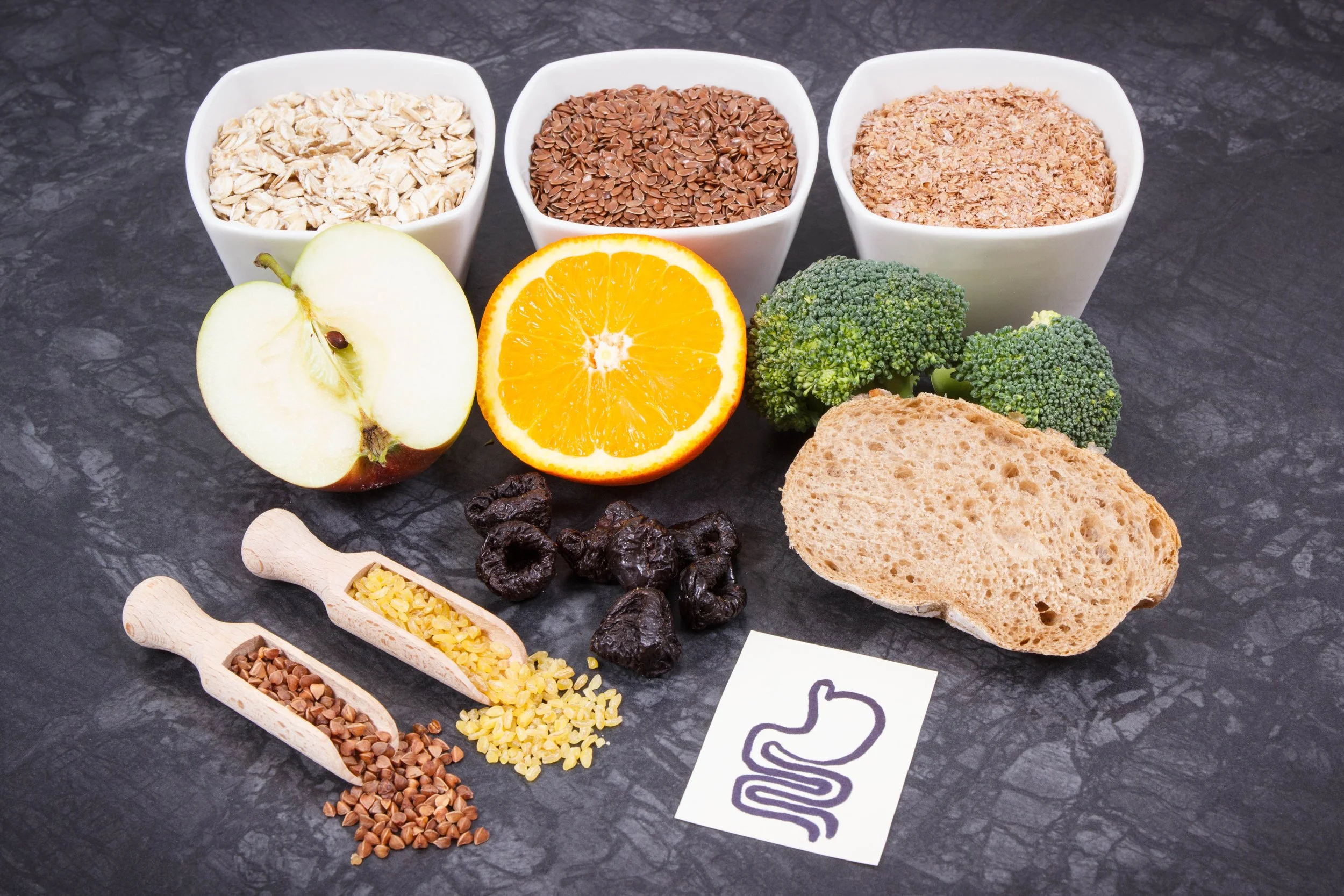Why HIIT for Your Health
What does high-intensity interval training (HIIT) mean?
Before diving into the reasons you should jump on board this trend, I'll first answer, "What exactly is HIIT?" Simply put, a HIIT workout consists of swift and intense bouts of exercise - ranging from 10 seconds to five minutes - followed by short recovery periods.
The key to doing an effective HIIT workout is to push yourself to your limit (without causing injury) for the interval length duration. So if your interval length is 20 seconds, you will probably be pushing yourself a lot harder than if your interval length is three to five minutes.
Your recovery period will depend on your goal as well as the intensity of the interval.
Benefits of HIIT Workouts:
Improves:
Fitness performance
VO2 max and peak aerobic power output
Endurance performance
Production of growth hormones
Improves blood sugar control
Improves cognitive function
Mood regulation
Metabolism
Learning and memory function
Decreases:
Insulin resistance
Resting heart rate
The amount of time you have to spend working out!
How to get started?
Increase the intensity of your workout. Interval training is highly effective for burning more calories without adding more time. Add intervals to your activity, such as sprints or speed walking, for a more efficient, fat-burning workout.
Increase the resistance and/or weight of your exercise.
Increasing your workout resistance will increase your metabolic burn
Divide your workout into 5-minute segments and after a 5 - 10 minute warmup, do a 15-60 second sprint, followed by recovery.
A few ideas to get started with:
15 - 30 second sprint, followed by a light jog to recover.
30 - 60 seconds of speed walking, followed by a recovery walk.
30-60 second cycle sprint followed by a recovery pace.
Increase the incline of your treadmill. Walking at an angle as fast as you can for 30 seconds, followed by a four and a half minute recovery period.



